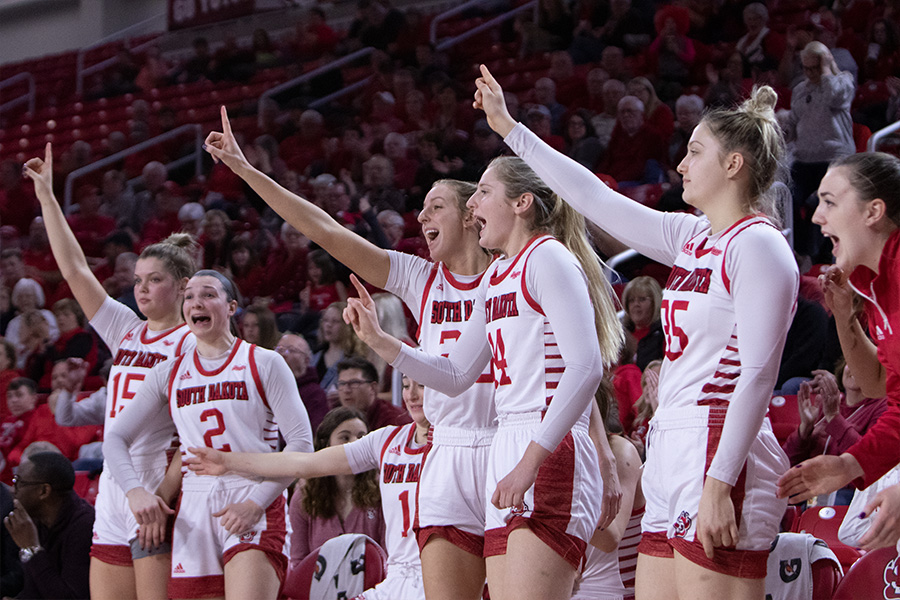New Herd Of Bighorn Sheep Moved To Northern Hills In SD
DEADWOOD, S.D. (AP) — When the Grizzly Gulch fire of June and July 2002 charred 11,589 acres of forest around Lead and Deadwood, it created ideal habitat for bighorn sheep.
On Thursday, officials with the South Dakota Game, Fish and Parks Department took advantage of the burn area and released 26 bighorn sheep they captured on Tuesday in Hinton, Alberta, Canada, just north of Jasper National Park.
In the pre-dawn light, the sheep stood quietly inside horse trailers high above Deadwood, nibbling on alfalfa hay or licking the ice blocks placed inside. After a small crowd gathered, the sheep were released into the hill mostly free of timber.
“The habitat that is best for bighorn sheep is rugged terrain with a lot of slope,” said John Kanta, regional wildlife manager with the Game, Fish and Parks Department. “Basically, cut down all the trees and light it on fire. So with the Grizzly Gulch fire of 2002, that essentially took care of the job for us and made really nice bighorn sheep habitat.”
For the last four years, bighorns from Alberta were transplanted to areas suitable for the animals. On Tuesday, the South Dakota wildlife officials, in cooperation with Canadian officials, dropped a large net onto the sheep at a bait station. The sheep were mugged, blindfolded, restrained and had blood drawn and nasal swabs inserted to test for diseases.
“We’re looking for pathogens that cause pneumonia, brucellosis, parainfluenza, bluetongue and a few other diseases sheep can have,” Kanta said.
Then the sheep were loaded into the trailers and transported approximately 1,300 miles south to Deadwood.
“The amazing thing is we open the doors, they run out and don’t look any worse for the wear,” Kanta said. “I have a lot of respect for them because they are so tough.”
The transplant is thanks to the auction of bighorn sheep hunting licenses.
“What we’ve done for the last two years is take one of the bighorn sheep licenses available in South Dakota and offered it for auction at the Midwest Wild Sheep Foundation,” Kanta said. “The first year brought in $102,000 and the second year brought $82,000.”
The cost for the transplant will run between $35,000 to $40,000, he said.
“Roughly $1,200 to $1,500 per sheep. That’s not out of line from other transplants we’ve done in the past,” Kanta added.
Twenty-four of the sheep are female. The other two are young rams, one is 8 months old, and the other will be 2 this spring. Each were fitted with radio collars and 24 of the animals have collars that contain GPS tracking equipment. Each of the GPS collars costs approximately $2,000.
“The release of these sheep initiates a project through South Dakota State University,” Kanta said.
A grad student will track sheep and collect data on survival, the specific causes of mortality, habitat selection and habitat quality.
“Historically we would have had really nice bighorn sheep habitat across South Dakota. You have open areas, rugged terrain and the lack of trees,” Kanta said. “But as we moved to the present, there were more and more trees and more and more canopy. For bighorn sheep, that’s not good.”
The introduction of the new herd adds 26 more animals to the state’s 300-350 bighorn sheep population. Wildlife officials have a goal of 1,000 sheep in the state.
There are five distinct herds in South Dakota — Badlands National Park, Custer State Park, Elk Mountain, the Rapid City herd, and now the Lead-Deadwood herd.
Kanta said the new herd marks the first known resident population of bighorns in the Northern Hills although there are some historical records indicating the presence of unknown numbers of sheep in the Northern Hills.
Kanta said the Canada herd traditionally has a 40-50 lamb per 100 ewes recruitment rate, which he considers excellent. He expects that level to continue in their new environment. Even with the good reproduction numbers, he said it would take approximately a decade before the new herd is to a strength in which limited hunting could be conducted.
___
Information from: Black Hills Pioneer,


